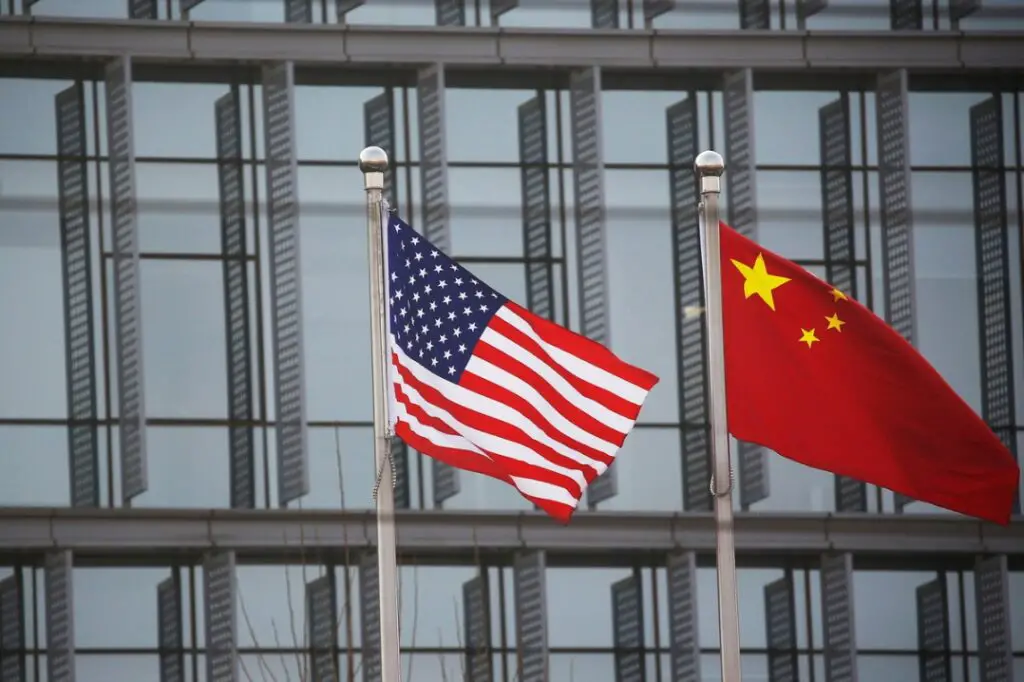In the world of science and technology, cooperation between countries plays a crucial role in driving advancements and innovation. One such important agreement is the China-US Science and Technology Cooperation Agreement (STA), which has been a cornerstone of collaboration between the two powerhouse nations. Let’s delve into the history, significance, and the current debate surrounding the STA, and understand its impact on both the United States and China.
The China-US Science and Technology Cooperation Agreement
First established in 1979, the STA governs the collaborative efforts between the US government and China in the field of science and technology. This agreement extends its influence to universities, companies, professional bodies, and nongovernmental organizations, forming a comprehensive ecosystem that fosters mutual growth and development.
Objectives and Scope of the STA
The primary goal of the STA is to facilitate cooperation in diverse areas of mutual interest. This includes the exchange of scientists, scholars, specialists, and students, sharing of scientific, scholarly, and technological information, joint projects, research, courses, as well as organizing conferences and symposia. The agreement functions on the principles of equality, reciprocity, and mutual benefit, aiming to create a symbiotic relationship that propels both nations forward in the realms of science and technology.
Historical Significance
Signed by Chinese leader Deng Xiaoping and US President Jimmy Carter, the STA marked a significant milestone in the diplomatic relations between the two countries. Over the years, it has become a crucial element in nurturing a productive and fruitful relationship, contributing to the advancement of both nations in the scientific and technological domains.
Current Challenges and Debates
However, as geopolitical dynamics evolve, the once harmonious partnership has encountered challenges. With the US increasingly viewing China as a strategic rival and potential threat, skepticism and distrust have emerged regarding the STA. Critics have raised concerns about the agreement allegedly aiding China in strengthening its military capabilities, posing a threat to US national security. On the other hand, proponents argue that the STA has brought immense benefits to the US, and discontinuing it would have detrimental effects on scientific enterprises and research endeavors.
The Biden Administration’s Temporary Measure
Faced with the decision to extend or terminate the agreement, the Biden administration took a provisional step by extending the STA as a temporary measure. This extension, however, reflects the ongoing deliberations within the policymaking circles, indicating a lack of consensus on how to proceed with the agreement.
Exploring the Merits of the STA
Looking beyond the ideological differences, it is essential to recognize the tangible contributions of the STA to both the US and China. The US State Department emphasizes the strengths of such agreements, highlighting their role in strengthening international cooperation, ensuring open data practices, promoting reciprocity, extending US norms and principles, and safeguarding intellectual property. These merits apply equally to the STA with China, underscoring its potential to serve as a catalyst for scientific progress.
Addressing Concerns and Embracing Mutual Benefits
Collaboration in scientific endeavors has been instrumental in addressing global challenges such as climate change and public health concerns. It is crucial to understand that this cooperation is not one-sided. The presence of stringent regulatory clauses ensures the protection of trade secrets and intellectual property, with all terms being mutually agreed upon. This shared commitment to fostering a conducive environment for scientific collaboration underscores the mutual benefits derived from the STA.
Practical Outcomes and Mutual Advances
While apprehensions surrounding “Chinese spying” have been prevalent, the collaborative efforts under the STA have yielded significant advancements, particularly in critical areas such as influenza surveillance and vaccine development. These practical outcomes underscore the tangible benefits that bilateral collaborations can bring, transcending the rhetoric of unilateral gains for one party.
The Debate on Termination
Amidst the discussions on discontinuing the STA with China, it is vital to assess the broader implications. While some may view this as a measure to curb China’s technological progress, it is essential to recognize the potential ramifications of such a decision. Beyond the immediate concerns, the termination of the agreement could represent a substantial loss for both the US and the global scientific community, disrupting the momentum of collaborative efforts and impeding scientific advancements.
Conclusion: Embracing Collaborative Endeavors
As the debate surrounding the continuation of the China-US Science and Technology Cooperation Agreement persists, it is imperative to assess the long-term implications holistically. By recognizing the shared benefits, fostering mutual growth, and leveraging international collaborations, both the US and China can continue to drive scientific advancements that serve the greater global good. Embracing a spirit of cooperation and reciprocity in scientific endeavors can propel us towards a future marked by innovation, progress, and shared prosperity.
For more information on international scientific collaborations and partnerships, visit National Science Foundation – Office of International Science and Engineering.
Stay updated with the latest developments in science and technology cooperation by visiting The American Association for the Advancement of Science (AAAS).

